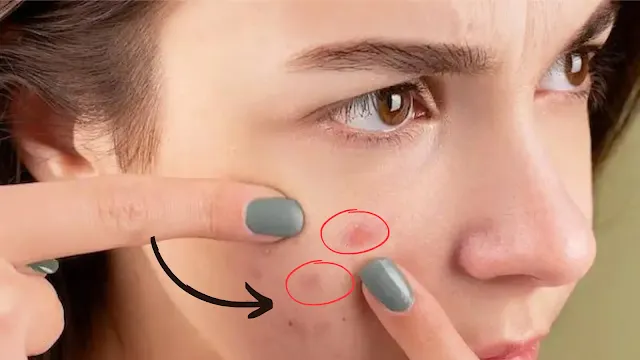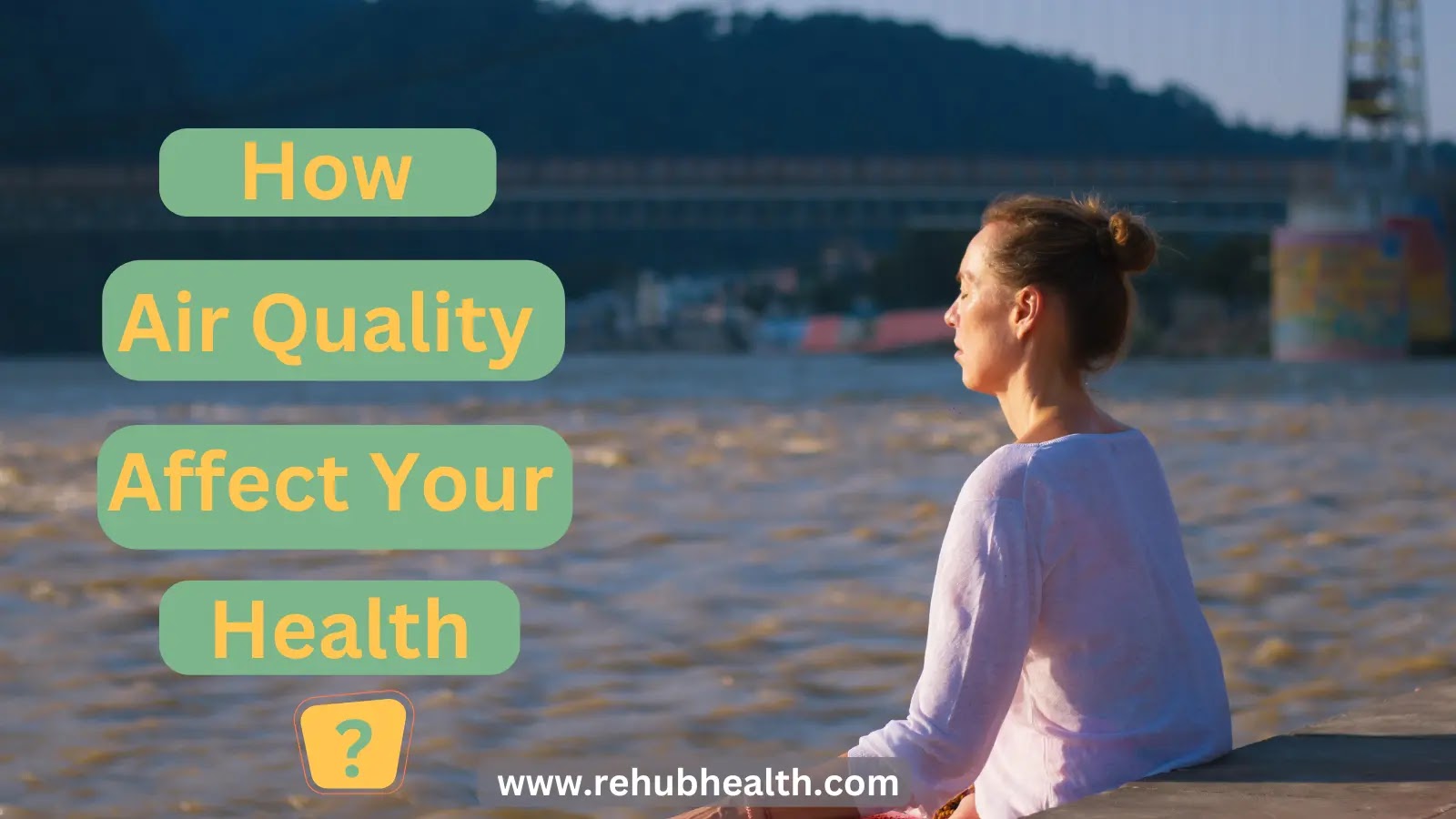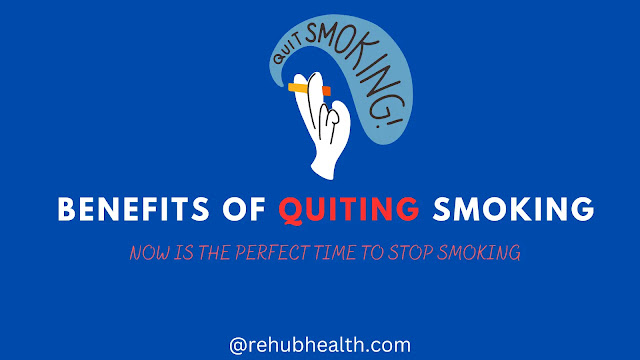Acne: Causes & Treatment
Overview
Acne is a common and annoying problem, especially among teenagers, but knowing the factors of this health problem may help to avoid it or even treat it properly without leaving any scars on the skin!
Who is most affected by acne?
Acne is a common and annoying skin problem, which usually appears in puberty at a very high rate of about 60% -80% approximately.
The appearance of acne is not limited only to males without females, but affects them together, as it may also appear in adults, in different situations and stages of life such as pregnancy or menopause.
It is known that the problem of acne is more widespread in tropical and subtropical countries, so we note that some young people suffer from the problem of acne in an aggravated form, but the same problem is secondary in young people of the same age group but in a different geographical area.
Acne usually appears on areas of the skin that have a large number of sebaceous glands called sebum, which is abundant on the face, chin, forehead, nose, sides of the neck, as well as shoulders, back, and chest.
Causes of Acne
Acne appears as a result of several combined factors, including the overproduction of keratin in the ducts and hair follicles, which is caused by overproduction of the male hormone testosterone, which in turn stimulates the sebaceous glands to overproduce keratin, which leads to blockage of the hair follicle ducts and thus the formation of whiteheads or blackheads.
When the blockage is incomplete, blackheads appear and their stage is called superficial acne, but when the blockage is complete, Propionibacterium acne is formed, which secretes lipolytic enzymes and leads to inflammation, and this inflammation, in turn, causes tissue infection with inflammation and ulceration that penetrates the skin and causes the formation of abscesses and vesicles filled with pus, this condition is called deep acne.
If this condition is not treated properly and as it should be, these pimples of different depths and sizes may remain. It should be noted that the treatment of such blisters by pressing on them or trying to open them in a non-sterile environment and by a non-medical specialist, can cause infections of varying severity and severity. If superficial acne is treated correctly, there will probably not be any scars left.
Various reasons may lead to the appearance of acne, as multiple scientific studies have found a relationship between the appearance of acne and the stressful situations faced by humans, and in such cases, the body releases a certain hormone whose function is to help the body cope with stress, but this hormone stimulates and promotes the secretion of subcutaneous fat and leads to the appearance of acne.
While other studies have linked the appearance of acne to excessive intake of simple sugars, which leads to hypersecretion of insulin and growth hormone. These factors lead to increased secretion of male sex hormones, and the production of fat, and keratin, which, in turn, leads to the appearance of acne.
Treatment of Acne
The factors contributing to the appearance of acne should be addressed so that the doctor can find therapeutic solutions to this unpleasant problem.
Therefore, traditional medicine provides pharmaceutical solutions such as ointments and antibiotics, which are used after consulting a doctor, since it is important to use these drugs for months and even years to prevent the appearance of acne, as recommended by a doctor.
But before taking these drugs, it is important to take blood tests for liver function and the level of lipids in the blood serum, which may arise due to the use of antibiotics.
As for alternative medicine, it treats acne with balanced nutrition based on complex starches and is rich in dietary fiber. These maintain the proper sugar level, prevent hypersecretion of insulin, and also contribute to the cleansing of the body and the proper functioning of the digestive system.
It should be noted that dietary supplements containing various minerals, such as zinc and magnesium, may help in the treatment of acne, along with the use of therapeutic herbs for cleansing and cleansing the blood and liver, such as bat Silybum marianum.
Here are some medicinal herbs that can help treat acne (you should consult a doctor before taking these herbs because their use can lead to side effects):
- Echinacea is a plant used to treat wounds and strengthen the immune system
- The Violet tricolor (viola tricolor) is a plant with anti-inflammatory properties
- The Mari palm plant (Vitex agnus), is known for its role in balancing hormones
- The passion flower fruit (passionflower) is famous for its special properties and soothing effect.






